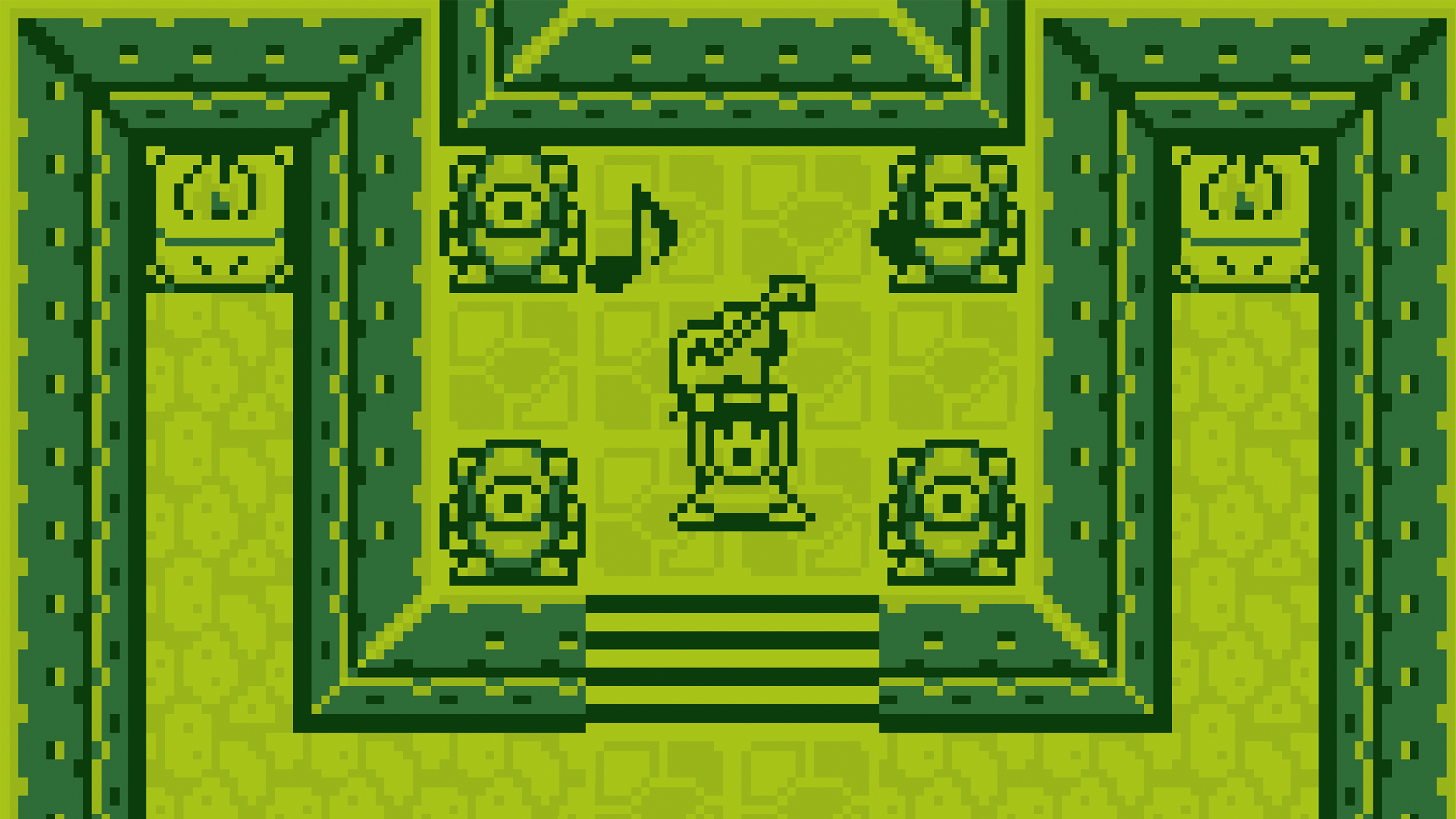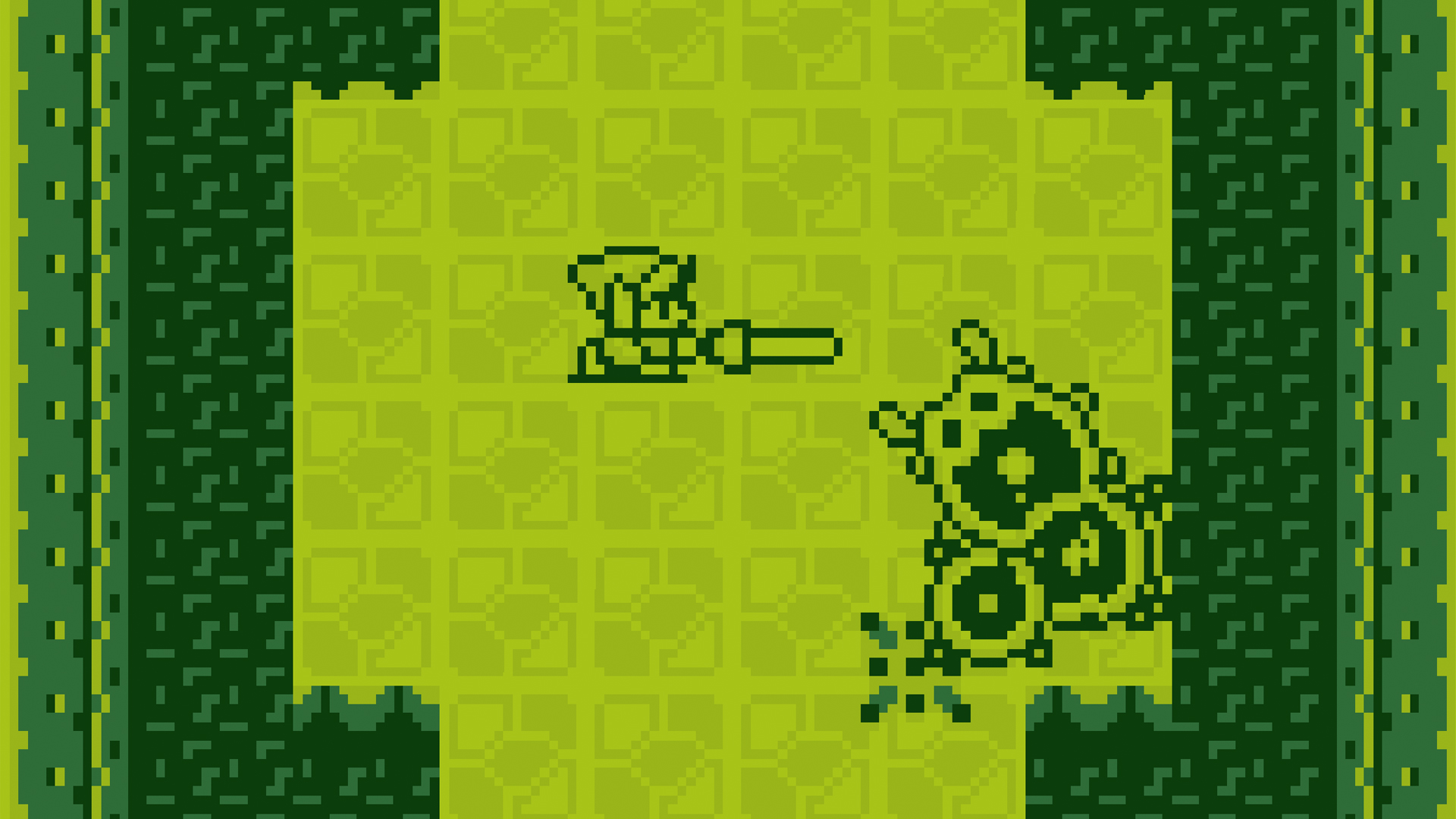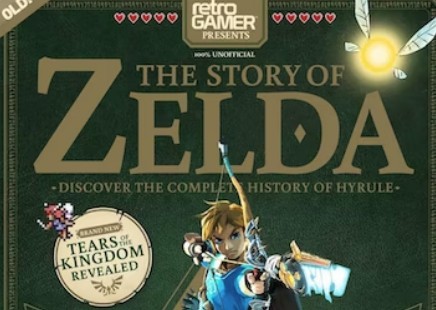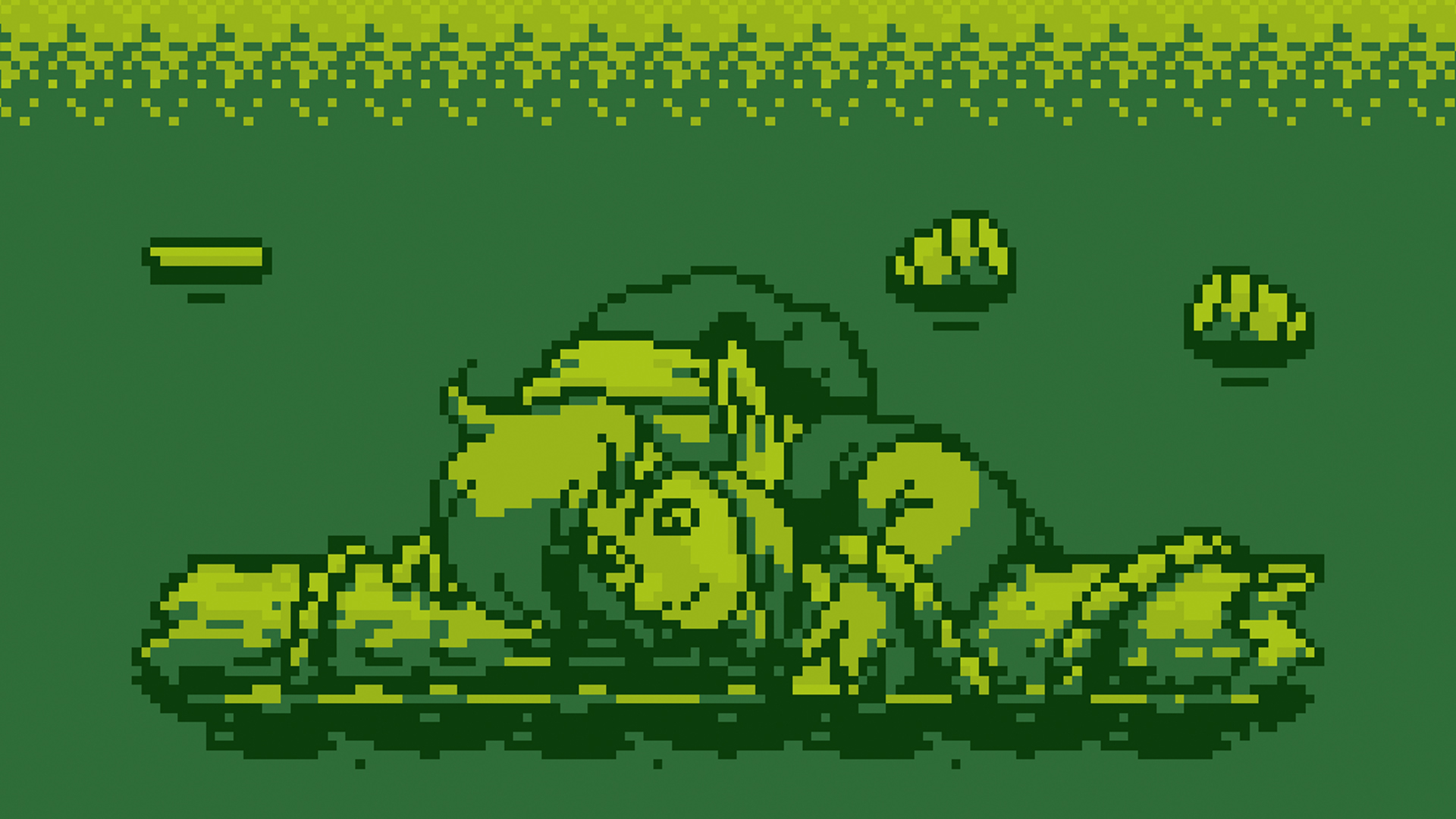The Legend of Zelda Link's Awakening: Revisiting one of the series' most underrated gems
Exploring what made The Legend of Zelda Link's Awakening such a memorable adventure

If there's one thing that other games could stand to learn from Link's Awakening, it's that the stakes don't need to be absurdly high for a story to be captivating. Having spent three games (and many more after this one) dealing with potential end-of-the-world scenarios, Link's Awakening is little more than an escape room by comparison - our hero finds himself marooned on a strange island following a shipwreck and is tasked with simply getting away. And so, under the guidance of a talking owl and with a little help from some of the friendly eccentric islanders, Link sets about attempting to wake the mighty Wind Fish from its slumber, which is apparently the only way he might leave Koholint Island.
Mechanically, Link's Awakening feels almost like a greatest hits collection of the best elements of the trio of preceding games. Parallels with A Link To The Past are unsurprising given that this game originally started out as a proposed port of the SNES classic, but it clearly helped to influence and inform much of the Game Boy release's design. In terms of the NES games, Zelda 2's impact is most apparent from the inclusion of side-scrolling sections, while similarities to the original primarily spring from this being another case of big ideas on hardware that should by rights be too small for them. Literally, in this case - as well as a smaller, monochrome screen to work with, there would also be the button limitations of the Game Boy to consider after A Link To The Past had gone beyond what was possible on the two-button NES controller. A handful of talented artists would see to that first issue, but the second would not be so easily resolved.
Whimsy and charm


Despite the Game Boy sharing the same limited control options as the NES, A Link To The Past evolved the core systems of the series to a point that made use of more buttons, so a creative solution was required. To that end, Link's Awakening became the first Zelda game where the sword is not mapped to its own button, with both the A and B buttons able to be assigned to any item Link finds. While this can make for some fiddly item switching (particularly in later, more complex dungeons), the flexibility of the system also allows for the use of item combos the likes of which the series hadn't seen before… or since, really.
Long gaps can be cleared by combining the Pegasus Boots with the Roc's Feather, for instance, or equipping bombs and the bow and pressing both buttons simultaneously allows Link to loose an explosive arrow. While the former is the only item combo required to beat the game, having those other options in there gives players a chance to be surprised by their own experimental solutions - a rarity in a series so grounded in linear formula, and really something you only otherwise see in the open-world powerhouse, Breath Of The Wild
The differences between Link's Awakening and most of its stablemates don't stop there, either. Trading sequences are a staple sidequest in the franchise, but this is the only Zelda game where the entire endeavour is mandatory. As such, it's a little more streamlined and obvious than its peers and feels more like helping people out along your journey, rather than ditching your main objective and going out of your way to run errands for them. It's strange that would be the case in the game with the least pressing objective in the entire series, but it's a great way of allowing players to meet the weird and wonderful residents of Koholint without it feeling like busywork.
But perhaps the most noticeable difference of all is the game's tone, which is much more playful, whimsical and lighthearted than any other game in the series, thanks in no small part to the lack of a Ganon-like big bad looming large and ready to bring an end to the world. There's just this wonderful dreamlike quality to Koholint, apparent in everything from its curious cast of characters and creatures to it having the feel of a slightly misremembered recollection of a Zelda adventure, with elements of other Nintendo games seeping in (domesticated Chain Chomps are found in Mabe Village, Mario enemies such as Goombas and Piranha Plants inhabit dungeons, as does an evil version of Kirby later on, while the trading sequence includes cameos from Yoshi, Peach and even Prince Richard from Link's Awakening's Japan-only Game Boy forerunner, Kaeru No Tame Ni Kane Wa Naru) and lashings of self-referential humour in a series that typically tends to play things pretty straight.
Outlier

"It's important to remember just how much of an impact these less-discussed classics in the series help shape and evolve the all-time greats".
All of this combines to give Link's Awakening a very different flavour to most other Zelda games, and it's perhaps for this reason that it's not treated with the same reverence as notable series highlights such as A Link To The Past and Ocarina Of Time. For all its charm and whimsy, though, it's somewhat ironic that this clear outlier should be one of the most rigidly linear examples of traditional Zelda game structure, to the point where dungeons are literally numbered and cannot be tackled out of sequence. Conversely, the dungeons themselves feature virtually no such handholding after the first few, save for a handful of stone tablets that offer cryptic clues.
Weekly digests, tales from the communities you love, and more
Crucial items can be hidden in un-telegraphed secret rooms, while some of the puzzles require a level of lateral thinking far beyond the standard 'use the last item you picked up to overcome this' nature of so many other games in the genre. We almost feel bad for Link’s Awakening, and indeed for so many of the slightly quirkier Zelda games that came after it. They're inherently always going to exist in the shadow of the handful of truly genre-defining members of their own family, their own innovations and triumphs dwarfed by those of the two Zelda games that have a residency on just about every major all-time top ten list ever compiled.
But it's important to remember just how much of an impact these less-discussed classics in the series help shape and evolve the all-time greats - by Eiji Aonuma’s own admission in an Iwata Asks piece from 2010, Ocarina Of Time would have been a very different game were it not for innovations from Link’s Awakening in the fields of broad narrative and character development. Interestingly, the same piece also cites Twin Peaks as an influence on Link's Awakening, which makes a heck of a lot of sense in retrospect. It’s important to love and respect these series underdogs, then, since without them, the classics that dominate discussion of both series and genre simply would not exist. As if Link's Awakening weren't lovable enough already, that's just another reason it'll always be one of our favourite Legend Of Zelda games.
Keep up to speed with all of our celebratory Zelda coverage with our The Legend of Zelda celebration hub
Luke Albiges is a veteran video game journalist, having worked in the industry for over 20 years. In that time, Luke has been the Editor of Play magazine, Associate Editor of Retro Gamer, and Games Editor of games™. He contributed to countless gaming books and bookazines in that time as well, but he decided to leave the glamorous print journalism life behind to take on the role of Editor for TrueAchievements.


